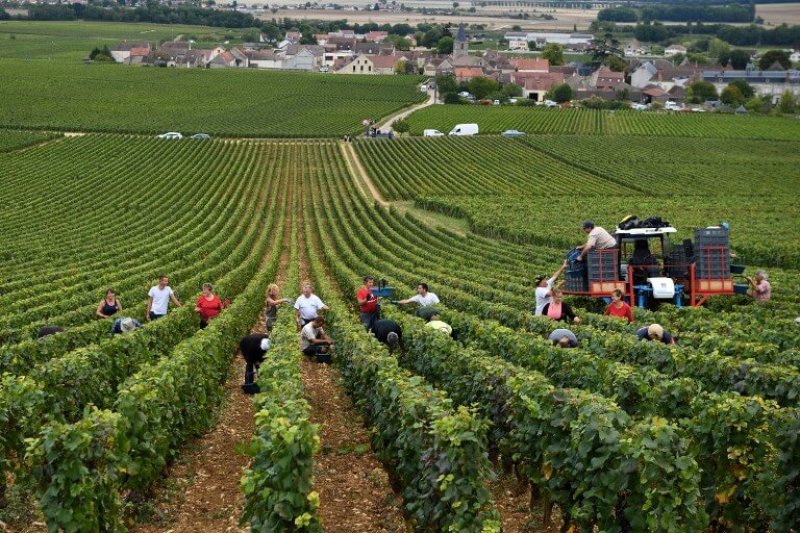The idea of so-called pesticide-free zones (or non-treatment zones) has gradually emerged as a solution to protect against the harmful effects of plant protection products. But in practice, their implementation does not appear to satisfy farmers or local residents.
Under unprecedented societal pressure and a growing number of municipal by-laws prohibiting the application of pesticides near homes, the government has come up with a concept of pesticides-free zones. These would define safe spaces between agricultural areas and homes.
…
The minimum distances for non-treatment zones were set at five meters for so-called low crops such as vegetables and cereals and ten meters for high crops, which include fruit trees or vines.
…
If these zones concern all agricultural land, the French vineyard will be the first to suffer. The proximity of the vineyards to habitations in many wine regions, such as Champagne, Bourgogne or Alsace, could expose French winegrowers to significant losses of surface area.
According to estimates by the Alsace Winegrowers’ Association, 300 hectares of vines would be directly affected by these new zones, which covers about 2% of the region’s vineyards.
Read full, original article: French vineyards fear losing land to new pesticide-free zones































